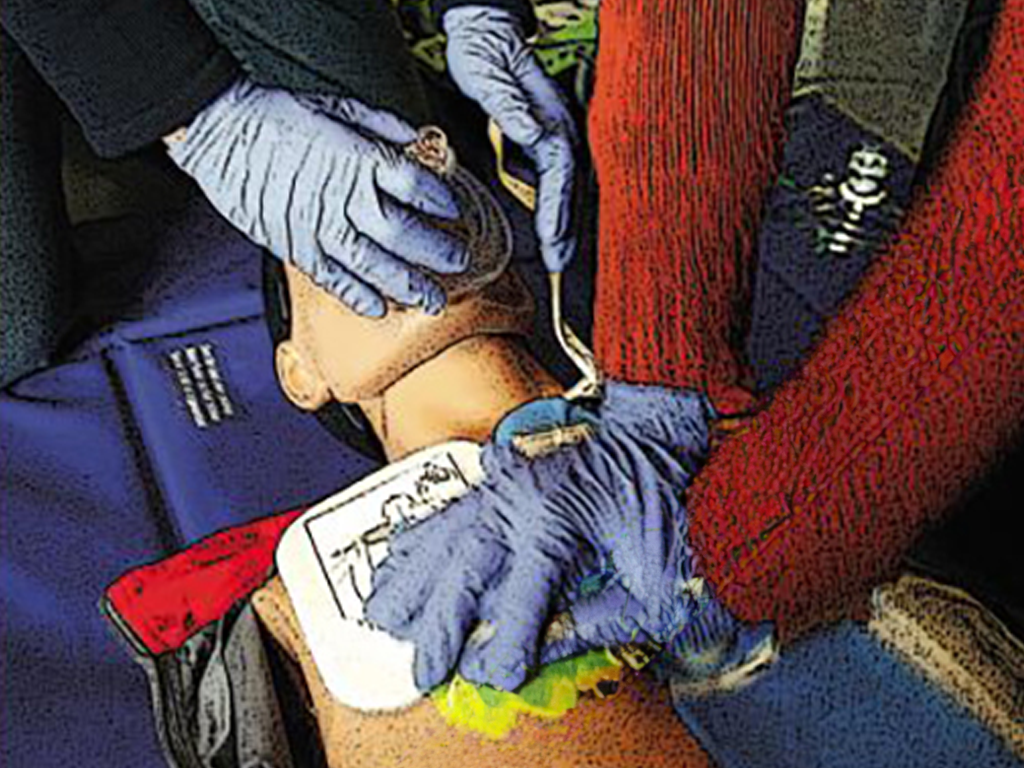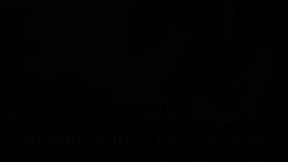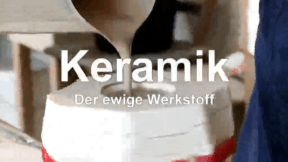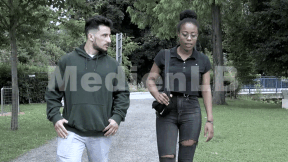 Biology
Biology
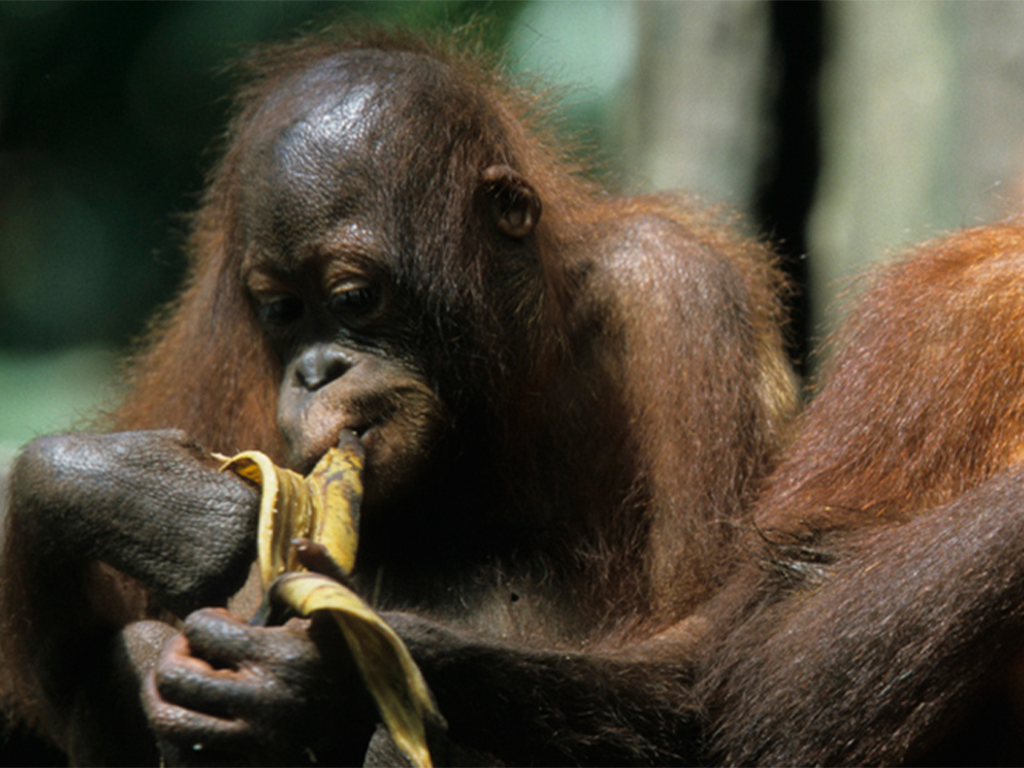
4659112 / 5552218
Evolution
Primates
Of all mammals existing today, the primates have the oldest phylogenetic tree. This film shows on the basis of extant species of the order of primates, which we humans also belong to, the phylogenetic tendencies in evolution from the treeshrew to prosimians, monkeys and apes to the genus homo. Special emphasis is laid on the visible outward characteristics of the skull and its sense organs, changes in the position of the spinal column as well as the development of extremities and their adaptation to various habitats. Changes in the anatomy of the skull, the development of the eye socket and also the shifting of the eyes from the sides to the front position, the dental structure and development of the jaw bones and the changing proportions of the mandible skeleton and the brain case are demonstrated on genuine skulls. The film analyses in detail the evolutionary tendencies of primates and convincingly answers the question on the origins of their development.
Play trailer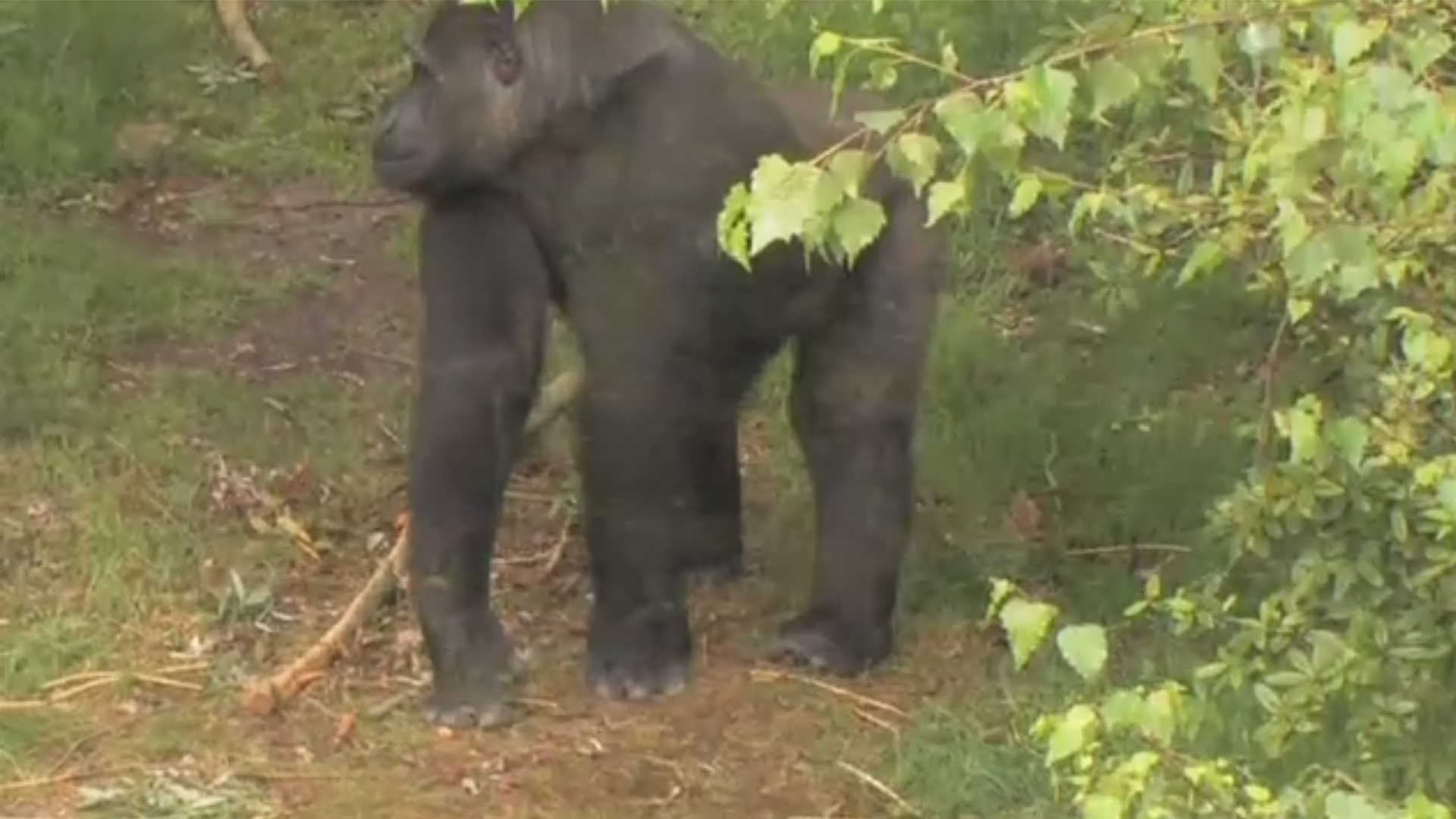
Curriculum-centred and oriented towards educational standards
Matching
Resuscitation
It can happen to anyone – of any age, in any place, at any time. Sudden cardiac arrest may quickly prove fatal. Immediate action is called for! Just remember: Check Call Press Anyone can do it. You can't do anything wrong!
Ceramic
Ceramics are indispensable in our everyday lives. We eat from ceramic plates, drink from ceramic cups, use tiled ceramic bathrooms. But how is ceramic manufactured? The film reveals the secrets of this fascinating material! We get to know more about the beginnings of ceramic in the Old World of Egypt and Mesopotamia, about Greece, China and Rome. We gain interesting insights into the valuable earthenware and are also shown the exquisite further development of the "white gold". Today this versatile material is irreplaceable in industry, too. Whether in space or as an easily compatible substitute in medicine, ceramic is applied in many places.




